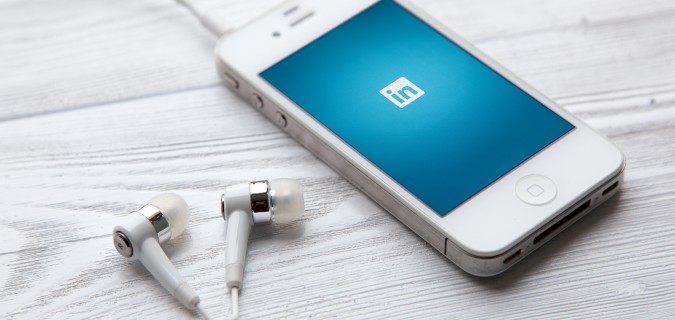I’ve written previously about basic LinkedIn faux pas, things I’ve noticed in the course of growing my professional network while building my business. My previous observations were about the obvious things people forget to do on LinkedIn, like adding a picture or capitalizing their name. Now, I’d like to get into some deeper advice, more for LinkedIn connectors. Below are a few things to stop doing that will change the way you use LinkedIn for the better:
Thanking Me for Every Post
While many believe that thanking someone for every post makes them engaged, it actually makes you look like you have too much time on your hands. Every time I post something, I immediately get an automated message, which makes it look like you didn’t read the post. There is no way this will make you look good. If you’re a job seeker, it looks like you’re desperate for my approval and do not understand how social media works. If you’re a potential client or vendor, it says the same thing. The same goes for liking every one of my updates. Instead, try adding value by adding a comment about specific parts of an article that resonated with you, or by doing what every author wants, sharing the content on your own timeline.
Having an Icon or Strange Image for Your Picture
It’s great that you put up a picture and used online editing software to make it look nice. But you shouldn’t have a cartoon character or avatar on a professional network. Those are not the images you want people to think of when you’re emailing about an open position or when you ask for an introduction to a hiring manager. Since LinkedIn is a professional network, a simple head and shoulders shot of you facing the camera, smiling and generally looking competent is all you need. Plus, this helps people recognize you in real life.
Connecting With TopLinked Folks
I feel like everyone knows who’s who on LinkedIn, and if not, there are lots of percentage lists to help you out. LION and TopLinked are designations that say you are not discerning about who you connect with. In the beginning, this seemed like a great way to “game” LinkedIn, but in today’s “less is more” climate, it isn’t doing you favors. I never connect with LIONs or TopLinked users if I can help it because adding them to your network is opening yourself up to spam. Try to avoid fake honorifics. Instead, focus on contributing advice and articles to groups where you can be a thought leader, rather than a name collector.
Using a Strange Job Title
Although you might enjoy your cute title — for instance, “Chief Marketing Brain” — no one on LinkedIn cares. Think about how you’re going to appear in search results if someone is looking for a marketing consultant or CMO. The problem with using a strange job title is that you won’t appear, which could hurt your prospects.
Now, if you’re the CEO of a rapidly growing agency that blows its competition out of the water, you can use whatever title you want. However, I personally won’t connect with you. Recruiters and HR professionals alike are not fans of strange titles, so it could hurt your chances of getting a job. But the real reason to use your actual title is that LinkedIn runs off semantic and SEO search. So if someone is looking for a CMO and your title is Chief Marketing Brain, you may not show up in their results.
Guilt-Tripping Your Connections
This happens on email and has spread into the world of LinkedIn. If I didn’t ask you to reach out to me to sell something, don’t do it. I likely didn’t send a demo request or even join a group, so it’s inappropriate to act upset when I don’t respond to your cold InMail. Subject lines like “In case you missed it…” and “A few minutes of your time…” are a dead giveaway and ride the line of guilt-tripping.
LinkedIn was built to create professional and mutually beneficial connections. For the most part, it does that best when we create thoughtful relationships using the platform. Think of LinkedIn as the online version of a professional mixer: speak professionally, have useful conversations, contribute consistently and watch your professional online life flourish.













